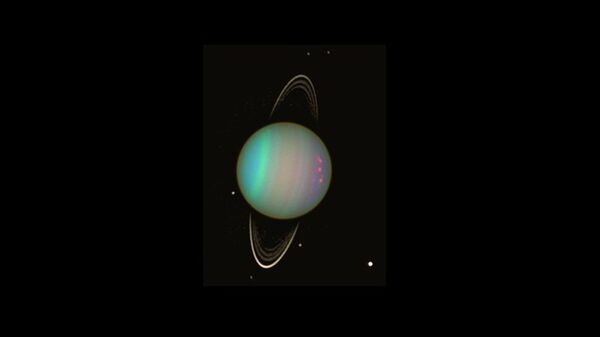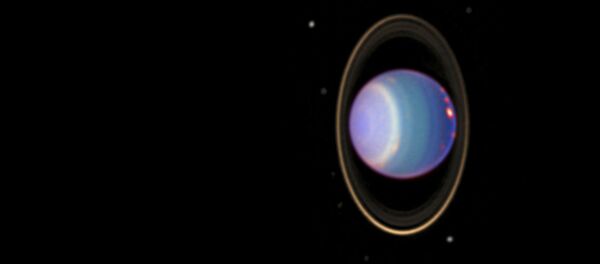Boffins led by Robert Chancia of the University of Idaho say that by their calculations a moon called Cressida near Uranus is light enough to be able to float in a tub of water, meaning it could feasibly be towed back to Earth.
They have examined the density and mass of Cressida by using 'wobbles' in an inner ring as the planet passed in front of a distant star.
They say it is only 0.86 grams per cubic centimeter — meaning it would be light enough to float in water if, of course, we could tow it all the way back to Earth to put it to the test.
Cressida was discovered by the Voyager 2 spacecraft when it flew past the ice giant in 1986. It managed to radio back thousands of images and voluminous amounts of other scientific data on the planet, its moons, rings and atmosphere. Back on Earth, scientists were then able to study all information, eventually coming up with the theory, the moons are so tightly packed Cressida will eventually smash into another moon Desdemona.
However this is not likely to be anytime soon, as the experts say we will all have to hang around for possibly another million years to witness the spectacle. The spacecraft data discovered the planet's rate of rotation is 17 hours, 14 minutes, while the magnetic field surrounding it was both large and unusual.
Images of the five largest moons around Uranus revealed complex surfaces indicative of varying geologic pasts. The cameras also detected 10 previously unseen moons.


